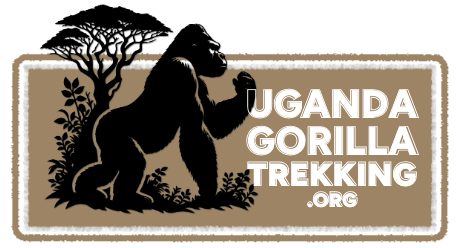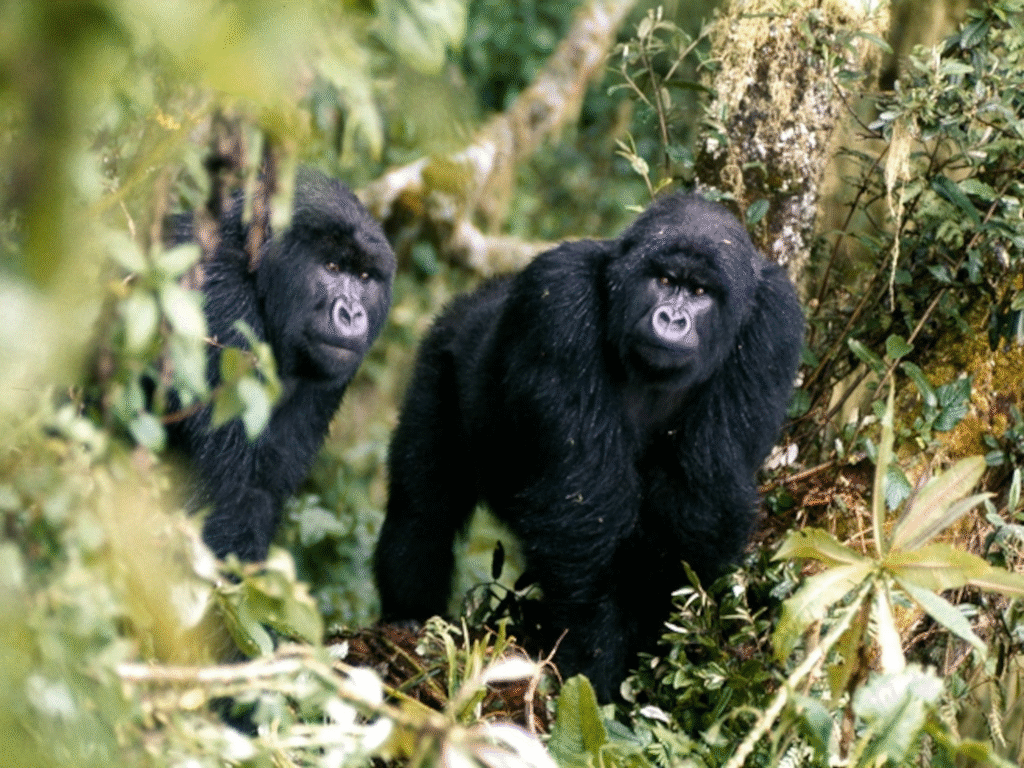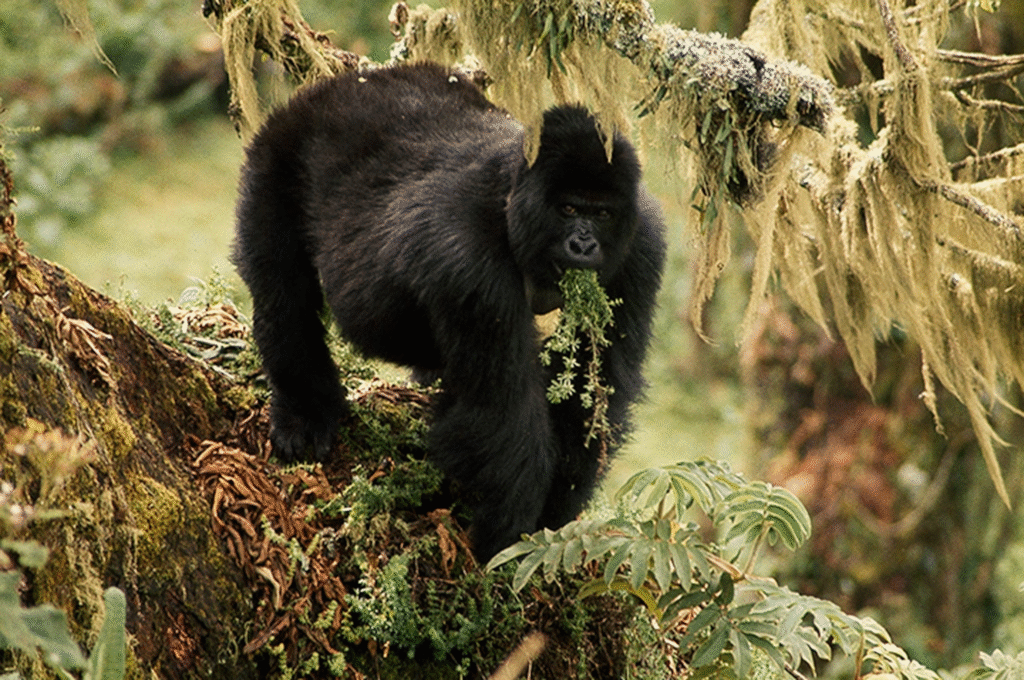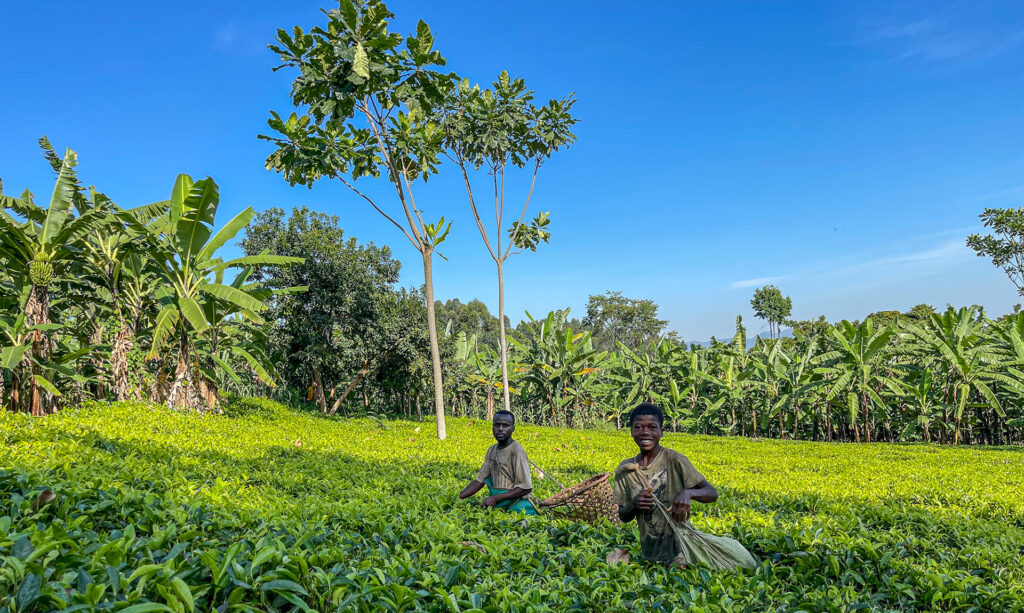Where the soul of the forest whispers in the mist
Uganda’s political structure is defined by a presidential republic system, where the President serves as both Head of State and Head of Government. This centralized model grants significant executive power but operates alongside a Parliament, Judiciary, and a unique network of local councils that bring governance closer to the grassroots. The constitution—adopted in 1995—outlines the separation of powers, the roles of state institutions, and civil rights, setting the framework for national unity, development, and democratic aspirations. While the ruling party has maintained political dominance for decades, the country also supports multiparty elections and a dynamic, if contested, opposition.
Beyond formal institutions, Uganda’s leadership story is one of evolving identity—where traditional authority, youth movements, and civic engagement all play crucial roles. Local councils remain critical to service delivery in rural areas, while growing digital awareness fuels political expression, especially among the younger population. Though challenges persist, including political suppression, limited press freedom, and calls for reform, Uganda’s political landscape continues to shift—reflecting a people who are increasingly engaged, vocal, and ready to shape the next chapter of their country’s governance.
So lace up your boots, grab your camera, and prepare to meet the wild — this is where your gorilla trekking dreams and unforgettable safari adventures truly begin.
Truly Iconic Highlights in Uganda
Trek through Bwindi’s mystical rainforest and meet the endangered mountain gorillas in their breathtaking natural home.
Encounter mountain gorillas and golden monkeys on Mgahinga’s misty volcanic trails, where culture and alpine wildlife thrive together.
Unwind after your trek with a peaceful canoe ride across Lake Bunyonyi, Uganda’s most tranquil and scenic highland lake.
Enhance your gorilla trekking safari with an optional chimpanzee encounter in Uganda’s lush forests, adding depth and diversity to your primate adventure
Uganda’s Political Structure and Leadership: Power, Progress, and the Journey Toward Democracy
Behind Uganda’s vibrant culture, rich landscapes, and dynamic economy lies a complex political structure that has shaped the country’s path since independence. To understand Uganda fully—beyond its wildlife and beauty—one must explore the story of its leadership, its constitution, and the evolving relationship between power and the people. Uganda’s politics, like its land, are layered: filled with ambition, struggle, resilience, and the constant tension between tradition, reform, and the aspiration for democracy.
From the early days of post-colonial transition to decades under a single regime, Uganda’s political journey is one of both turbulence and transformation. At the center stands a presidential system, supported by a constitution that outlines the branches of government, national goals, and civil liberties. But leadership in Uganda is not just written in legal documents—it is lived daily in the decisions of Parliament, the voices of local councils, and the activism of a young population hungry for change.
A Republic Governed by a Presidential System
Uganda operates under a unitary presidential republic, where the President serves as both Head of State and Government, as well as Commander-in-Chief of the armed forces. This structure grants significant executive power to the presidency, including appointing ministers, signing bills into law, commanding the military, and shaping foreign policy. The President is elected by popular vote for a five-year term and, as of constitutional amendments, there is no longer a cap on the number of terms one can serve.
Since 1986, President Yoweri Kaguta Museveni has led the country through a period of relative stability after years of post-independence chaos and civil war. Under his leadership, Uganda has seen substantial development in infrastructure, education, and health. However, his extended tenure has sparked both praise and criticism—lauded for peacekeeping and criticized for suppressing opposition and restricting press freedoms. The balance between maintaining stability and fostering a healthy democracy remains one of Uganda’s most pressing political challenges.
The Three Branches of Government
Uganda’s political structure is divided into three main branches—Executive, Legislative, and Judicial—each with defined roles meant to ensure checks and balances.
The Executive, led by the President, includes the Cabinet of Ministers who oversee various government departments. The Legislative branch is embodied in the Parliament of Uganda, composed of Members of Parliament (MPs) elected from constituencies across the country. This body plays a crucial role in lawmaking, national budgeting, and holding the Executive accountable. It also includes representatives for youth, workers, persons with disabilities, and the army, ensuring a broader scope of representation.
The Judiciary operates independently, with the Supreme Court as the highest authority, followed by the Court of Appeal and High Court. These courts oversee constitutional matters, human rights, and civil justice. While the legal framework supports judicial independence, its full autonomy is often tested in politically sensitive cases. Nonetheless, the Judiciary remains an essential pillar of Uganda’s democratic architecture.
Decentralization and Local Governance
One of the more progressive aspects of Uganda’s political system is decentralization, a model that empowers local government authorities to manage development, health, education, and resource allocation at the district and sub-county levels. These local councils—known as LCs—range from LC1 (village level) up to LC5 (district level) and play a direct role in service delivery and community governance.
This localized leadership structure brings decision-making closer to the people, giving citizens a voice in issues that affect their daily lives. In many rural areas, LC leaders are the first contact point for governance, dispute resolution, and mobilization during emergencies. However, the effectiveness of this system often depends on funding, transparency, and accountability—challenges that continue to evolve as Uganda’s population grows and urbanizes.
The Role of Political Parties and Civic Participation
Uganda returned to a multi-party political system in 2005 after years of operating under a “no-party” Movement system. Today, political parties like the National Resistance Movement (NRM), Forum for Democratic Change (FDC), and National Unity Platform (NUP) participate in competitive elections at local and national levels. Yet, Uganda’s political landscape is still heavily dominated by the ruling NRM, and opposition parties often face barriers ranging from limited media access to state interference.
Nevertheless, political engagement is alive—especially among Uganda’s youth, who make up the majority of the population. In recent years, the rise of politically outspoken artists, journalists, and social media influencers has brought new energy to the democratic conversation. Movements led by figures like Robert Kyagulanyi Ssentamu (Bobi Wine) have ignited debates around generational leadership, civil rights, and freedom of expression, signaling a shift in political awareness and participation among the younger generation.
Challenges and the Road Ahead
Like many young democracies, Uganda continues to wrestle with the tensions between maintaining order and nurturing political freedom. Corruption, electoral disputes, limitations on free speech, and the heavy-handed treatment of dissent remain serious concerns for both domestic critics and international observers. At the same time, efforts toward judicial reform, digital transparency, and youth civic education show promise for deeper democratization.
Uganda’s political future is being shaped not only by its laws and leaders, but by its people—especially its youth—who are increasingly demanding accountability, fairness, and inclusion. Whether through voting, protesting, or engaging online, Ugandans are participating more actively in defining what leadership means in the 21st century.
More Information About Uganda to Know.
Uganda is a culturally rich and naturally diverse country, home to vibrant traditions, stunning landscapes, and welcoming people. From its deep history to its thriving wildlife and modern identity, Uganda truly stands as the Pearl of Africa.
In the Realm of Giants – Bwindi & Mgahinga in Frames.
Wander through an elegant gallery capturing Uganda’s most exclusive gorilla sanctuaries, where ancient forests cradle the last mountain gorillas in a world of mist, mystery, and majesty.
Essential Planning Tips for Visiting Uganda’s National Parks.
Get ready for the wild heart of Africa with expert travel tips on when to visit, what to pack, where to go, and how to make the most of your safari across Uganda’s breathtaking national parks.
Why Uganda for Gorilla Trekking?
Uganda is not just a destination — it's the very soul of gorilla trekking. With over half of the world’s remaining mountain gorillas calling its misty forests home, Uganda offers the rarest encounters in their most authentic setting. Here, your journey is not rushed or crowded. Instead, you’re guided by experienced rangers through pristine jungles where gorillas live as they always have — wild, free, and magnificent
From insider travel insights to unforgettable trekking guides, our blog is your trusted path into Uganda’s wild heart — connecting you with mountain gorillas, breathtaking landscapes, and the soul-stirring adventures that make this land unlike any other.





